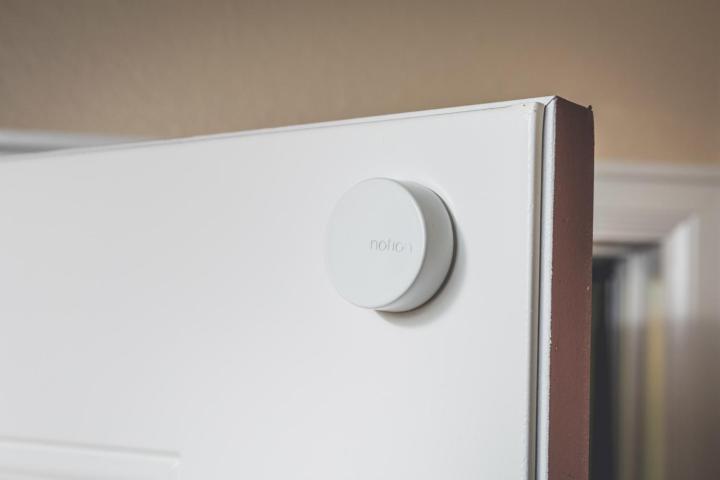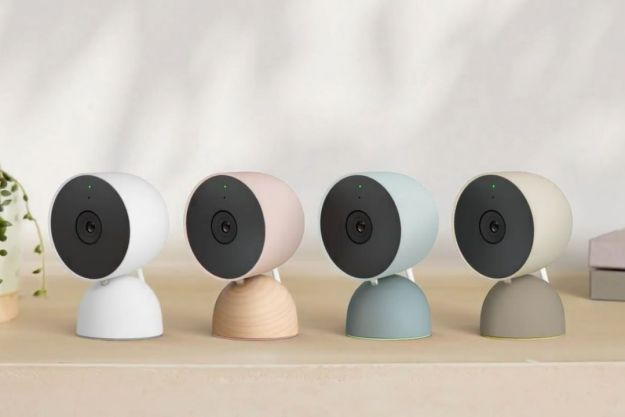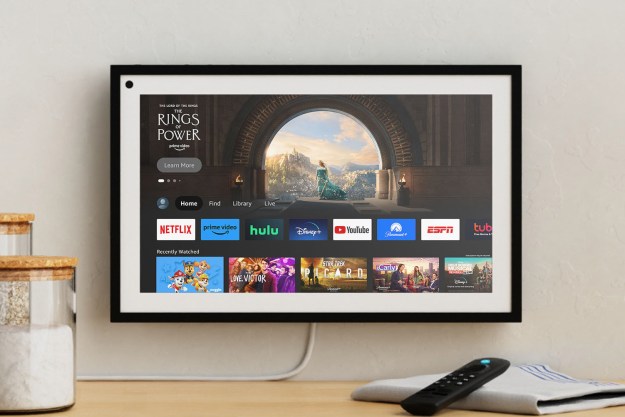
The childhood friends quickly abandoned the idea even before the competing products came onto the market, shifting focus to a sensor that could simply detect the sound of an alarm. But that seemed to simplistic, and the pair started stuffing a sensor with additional gizmos to turn it into a super-sensor with eight separate functions.

“What our goal is, is to remove the need for you to choose what devices are required to monitor the things that you want,” Jurgens tells Digital Trends. When it comes to functionality, he compares the Notion to an iPhone. “It does a ton of things you may not use, but it does everything you want it to do very, very well.”

At the end of April, Kickstarter backers who paid extra to be part of beta testing will receive their Notion systems. The team hopes this will give them time to see how people are using the Notion sensors and iron out any troubles. The full launch is slated for July. They’ve already learned a lot from their alpha testing, like the fact that it wasn’t immediately obvious to some that in order for the water sensor to alert you when the toilet overflows, you need to put it on the bathroom floor and not on the side of the tank.
When you set up the system with your iOS or Android device, the app’s dropdown menu is prepopulated with common options for where you’ll place each sensor. “Door” then drills down to “Front Door.” This is ease set up, as well as provide data to enhance the Notion system. Provided they’re within a 175-foot range, the coin-cell-battery-operated sensors send data to the Wi-Fi-connected hub, and that data then goes to Notion’s cloud. The company says it takes security very seriously, and data transfer is protected with AES encryption. If the thought of all that data going to the cloud to be analyzed makes you squirm, Jurgens promises it’s to help them provide better service and not for anything “weird.”

“It adds a level of simple but sophisticated data to their homes,” Jurgens says of the Notion system. “Your car’s always been able to tell you when its oil is low, when it needs to get a 2,000-mile checkup. Your home’s never told you anything.”
Editors' Recommendations
- SimpliSafe is now using AI to prevent burglars from entering your home
- How to save Ring Doorbell video without a subscription
- How to fix the most common Blink Mini 2 problems
- How to convert your window blinds into smart blinds
- Home Depot’s Hubspace is a great way to start building your smart home


